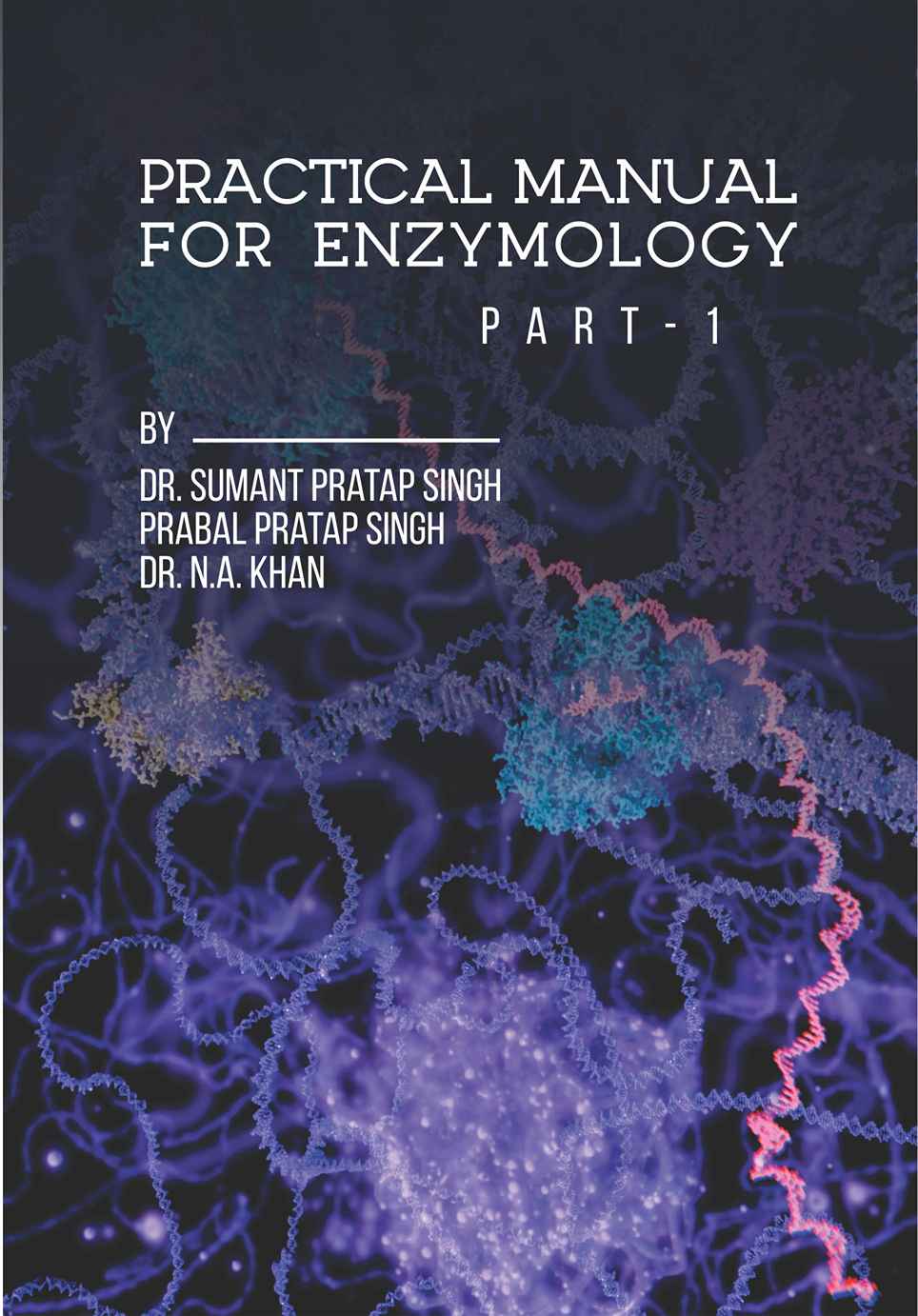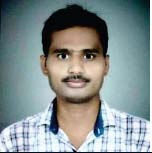Practical Manual For Enzymology Part-1
Authors:
Dr. Sumant Pratap Singh,
Mr. Prabal Pratap Singh,
Dr. N.A. Khan,
Format: Paperback | Genre : Biochemistry | Other Book Detail
Format: Paperback | Genre : Biochemistry | Other Book Detail
Enzymes are usually proteins of high molecular weight (15,000 < MW <
several million Daltons) that act as catalysts. Recently, it has been shown
that some RNA molecules are also catalytic, but the vast majority of
cellular reactions are mediated by protein catalysts. RNA molecules that
have catalytic properties are sometimes called ribozymes or RNA
enzymes. Enzymes are specific, versatile, and very effective biological
catalysts, resulting in much higher reaction rates as compared to
chemically catalyzed reactions under ambient conditions. More than
2000 enzymes are known. Enzymes are named by adding the suffix-ase to
the end of the substrate, such as urease, or the reaction catalyzed, such as
alcohol dehydrogenase. Some enzymes have a simple structure, such as a
folded polypeptide chain (typical of most hydrolytic enzymes). Many
enzymes have more than one subunit. Some protein enzymes
requirenonprotein group for their activity. This group is either a cofactor,
such as metal ions Mg, Zn, Mn, Fe, or a coenzyme such as a complex
organic molecule, NAD, FAD, CoA, and some vitamins. An enzyme
containing a non-protein group is called a holoenzyme. The protein part of
this enzyme is the apoenzyme (holoenzyme = apoenzyme + co-factor).
Enzymes that occur in several different molecular forms, but catalyze the
same reaction, are called isozymes. Some enzymes are grouped together
to form enzyme complexes. Enzymes are substrate specific and are
classified according to the reaction they catalyze. Major classes of
enzymes and their functions are listed in Table-1.
Book Also Available On
Share:






